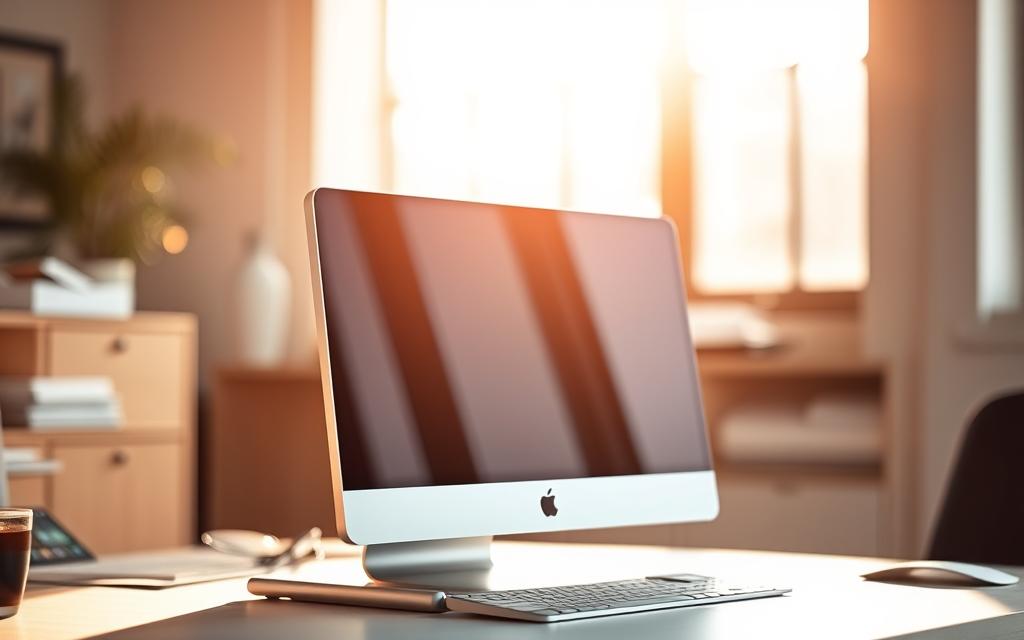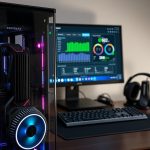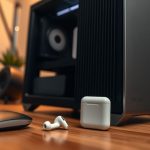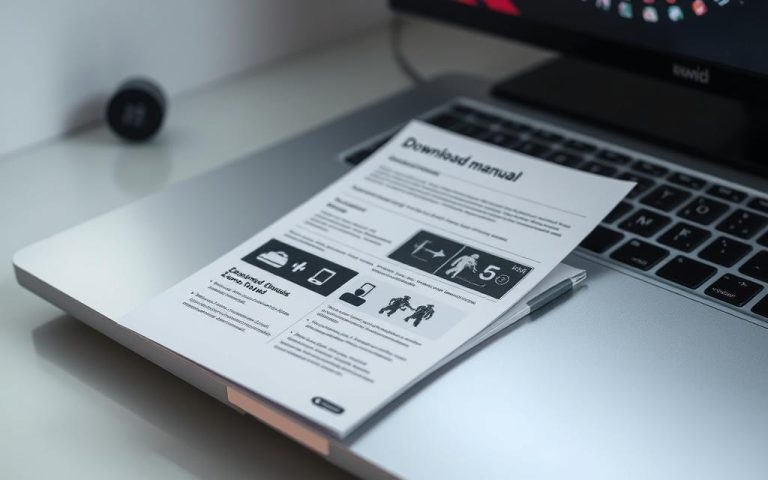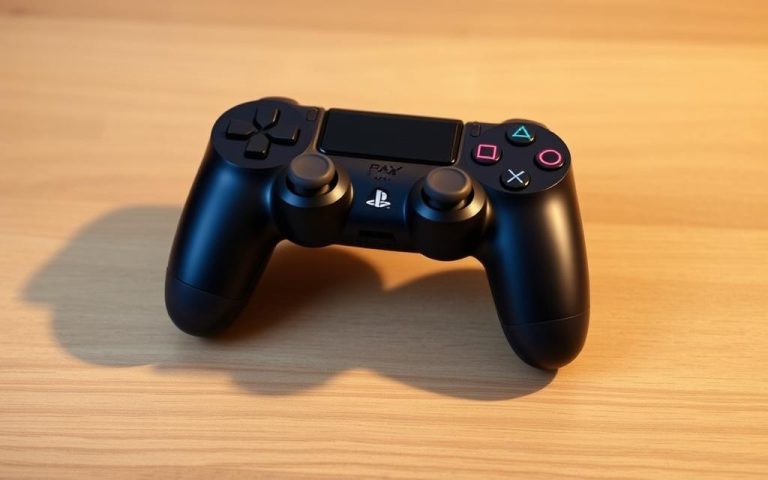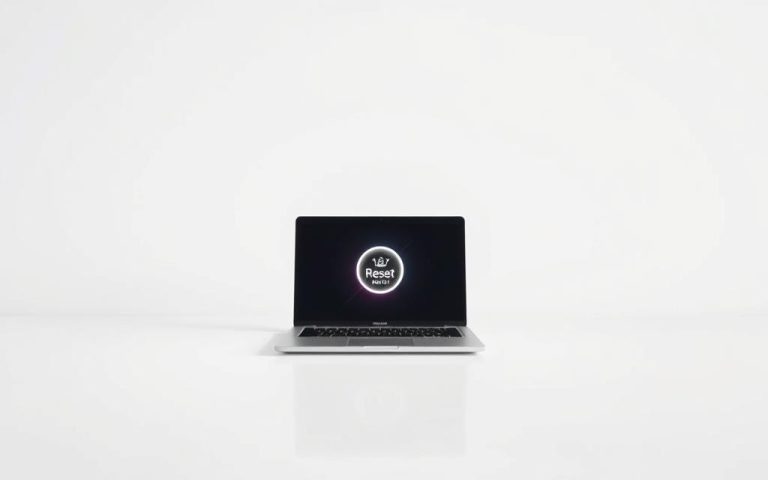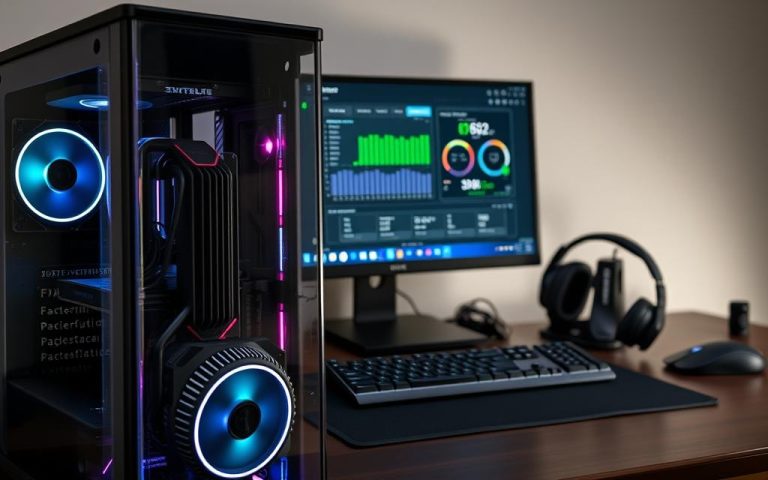What Does ‘PC’ Really Stand For? Explained Simply
The term Personal Computer has become an integral part of our daily lives. Originally coined to distinguish standalone computing machines for individual users, the term has evolved significantly over the years.
The acronym “PC” now encompasses not just desktops and laptops but also advanced hybrid devices used across various industries. As technology continues to advance, understanding the fundamental meaning behind “PC” is crucial.
This article aims to clarify the meaning of Personal Computer and its significance in the modern computing world, exploring its evolution and various interpretations across different contexts.
The Basic Definition of PC
At its core, the term ‘PC’ refers to a device designed for personal use. A personal computer is a multi-purpose, programmable device that includes various hardware components such as CPU, RAM, storage, motherboard, and display, along with input devices like keyboard and mouse.
The Full Form: Personal Computer
The full form of PC is Personal Computer. This refers to a device that is designed for individual use, typically running an operating system like Windows, macOS, or Linux, and equipped with software for productivity, internet browsing, and more.
Beyond the Acronym
The concept of a PC extends beyond its literal definition. It represents a paradigm shift in how people interact with technology, transforming computing from an institutional resource to a personal tool. The term embodies values of personal productivity, creativity, and technological empowerment.
The evolution of the PC has had significant cultural and social implications, representing the democratization of technology and information access. As technology advances, the concept of a PC continues to adapt, reflecting broader changes in how we view computing devices.
| Component | Description |
|---|---|
| CPU | Central Processing Unit, the brain of the computer |
| RAM | Random Access Memory, temporary storage for data |
| Storage | Permanent storage for data, such as hard drives or SSDs |
What Does PC Stand For in Computing?
Understanding what “PC” stands for is crucial in the tech industry, where it signifies more than just a device. In the context of computing, “PC” represents a broad category of technology.
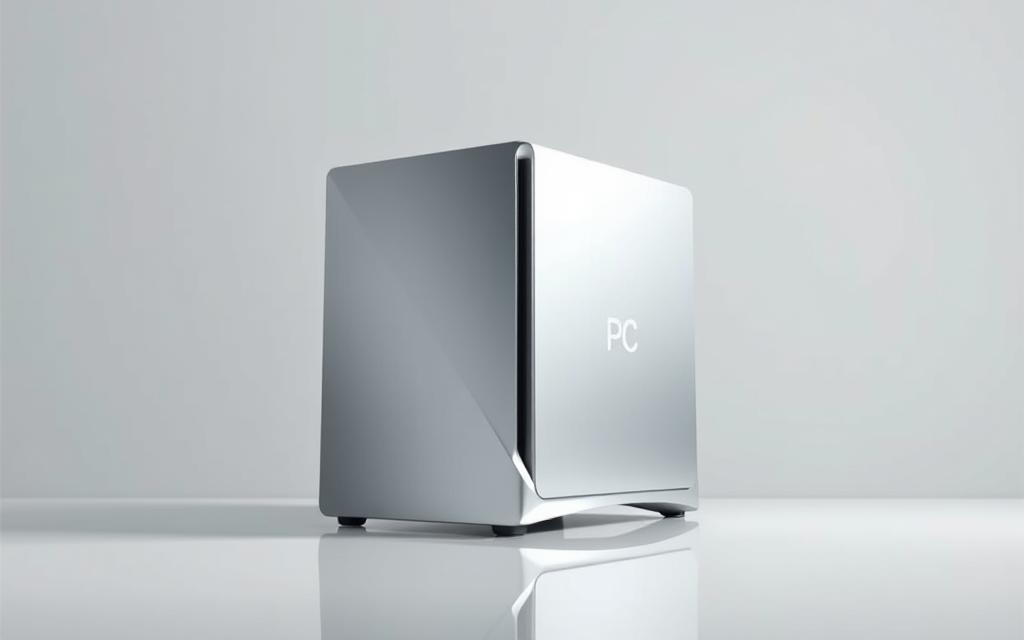
The Original Meaning
The term “PC” originally stood for Personal Computer, emphasizing its use by individuals rather than being a shared resource. This distinction was significant in the early days of computing.
Modern Interpretation
Today, the term “PC” encompasses a variety of form factors, including desktops, laptops, and some tablets. In technical discussions, it often refers specifically to systems running Windows, distinguishing them from Mac or Linux-based computers.
The Birth of Personal Computers
The dawn of personal computing marked a significant shift in the technology landscape. The journey began with early computing devices that paved the way for modern PCs.
Early Computing History
In 1975, the Altair 8800 emerged as an early hobbyist computer, sparking interest in personal computing. This innovation laid the groundwork for subsequent advancements.
When the Term “PC” Was Coined
The term “PC” gained widespread recognition with IBM’s launch of its Personal Computer in 1981. As stated by industry experts,
“IBM’s marketing strategy effectively popularized the abbreviation ‘PC’ as shorthand for personal computing devices.”
This move not only standardized the term but also influenced the industry’s direction.
The following key events highlight the evolution:
- The term “PC” became generic as manufacturers created “IBM PC compatible” machines.
- This standardization established “PC” as a category, not just an IBM product.
- The coining of “PC” marked a pivotal moment in computing history.
IBM’s Role in Popularizing the PC
The launch of IBM’s PC in 1981 marked a significant milestone in computing history. IBM’s entry into the personal computer market not only brought credibility to the concept of a desktop computer for personal use but also set a new standard for the industry.
The IBM PC Revolution
IBM’s PC was more than just a product; it was a catalyst for the entire industry. Its hardware architecture became a benchmark, with “IBM PC compatible” becoming a critical specification for new computers.
How IBM Standardized the Term
IBM’s marketing power and business reputation helped standardize “PC” as the default terminology for personal computing devices. The company’s branding was so effective that the term became generic, much like “Kleenex” for facial tissues. Technical publications and industry analysts adopted IBM’s terminology, further cementing “PC” in computing vocabulary.
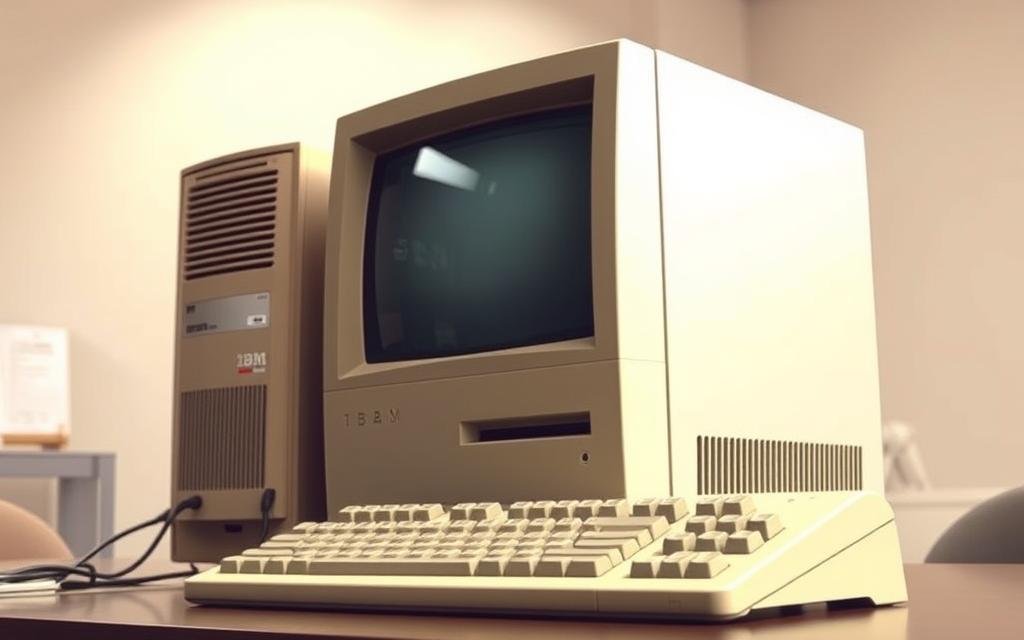
PC vs. Mac: The Classic Distinction
The distinction between PC and Mac has been a longstanding debate in the tech world. While both are personal computers, the terms have come to represent different ecosystems and user experiences.
Why Macs Are Technically PCs Too
Technically, Macs are also PCs as they are personal computers. However, common usage typically reserves the term “PC” for non-Apple systems running Windows or Linux.
Marketing and Cultural Differences
The cultural distinction between PCs and Macs was significantly influenced by Apple’s “I’m a Mac, I’m a PC” advertising campaign. This campaign, along with others, positioned Macs as creative and intuitive, while PCs were seen as business-oriented and utilitarian.
- The marketing distinction created distinct user communities with different expectations and brand loyalties.
- Software ecosystems evolved differently on each platform, reinforcing perceived differences.
- The cultural distinction has persisted despite diminishing technical differences, especially after Apple’s transition to Intel and later ARM processors.
For more historical context on the PC vs. Mac debate, visit this article for interesting insights.
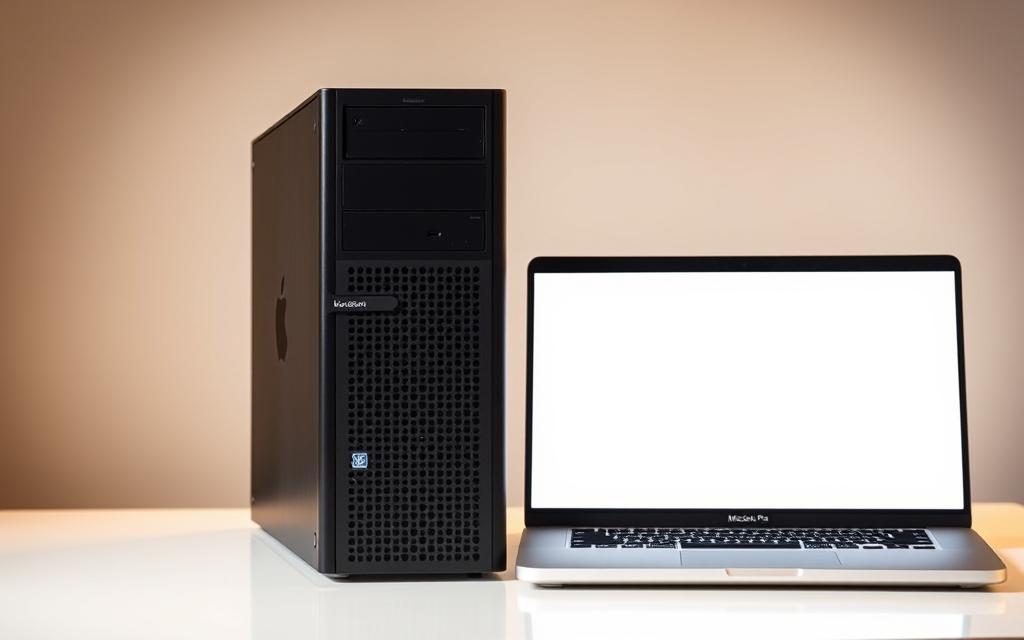
Different Types of Personal Computers
The diversity in personal computers caters to various user requirements. PCs are available in different forms, each designed to serve specific purposes and offer unique benefits.
Desktops
Desktop PCs are known for their high power and suitability for fixed workstations. They are generally easier to upgrade, making them a popular choice for users who require robust performance.
Laptops
Laptops offer portability and convenience, allowing users to work or access entertainment from anywhere. They are ideal for those who need mobility without compromising on performance.
Workstations
Workstation PCs are high-performance systems designed for professional applications such as CAD, 3D rendering, and scientific computing. They feature professional-grade components, including ECC memory and workstation-class graphics cards, prioritizing reliability and precision.
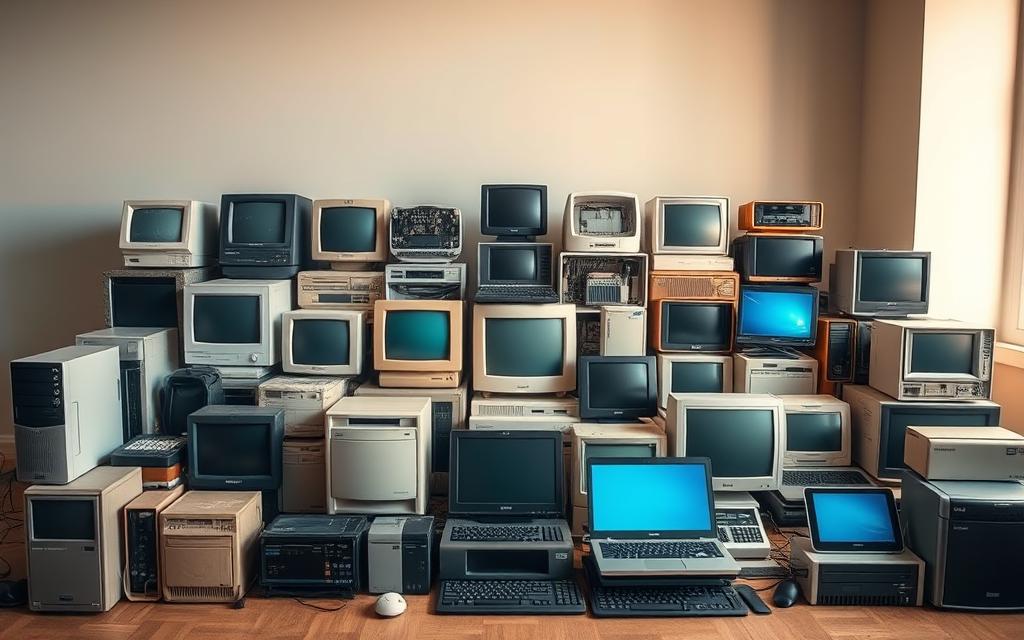
Is a Laptop a PC?
To determine if a laptop is a PC, we must examine the technical aspects. A PC, or personal computer, is designed for individual use.
The Technical Classification
Technically, a laptop is a type of PC. The term “PC” encompasses any personal computer, including both desktops and laptops.
Common Usage Confusion
Despite the technical reality, common usage often blurs the lines between “laptops” and “PCs.” This confusion stems from retail and marketing practices that separate the two.
| Device Type | Classification |
|---|---|
| Desktop | PC |
| Laptop | PC |

Clarifying that laptops are indeed PCs helps eliminate confusion in both technical and consumer contexts.
PC in Business and Enterprise Settings
PCs are the backbone of modern businesses, serving as critical tools for productivity. In enterprise environments, PCs are not just devices; they are integral components of the IT infrastructure.
Enterprise PC Infrastructure
The management of PCs within an enterprise involves ensuring that the hardware is up-to-date and compatible with the organization’s needs. This includes deploying PCs with the necessary specifications for various tasks, from basic office work to complex computations.
Security Considerations
PCs in business settings represent significant security concerns. Enterprise security strategies include endpoint protection, access controls, and monitoring systems specifically for PC fleets. Regular patching and updates of PC operating systems and applications are critical.
Some key security measures include:
- Implementing hardware security features like TPM (Trusted Platform Module) chips.
- Utilizing secure boot capabilities to prevent unauthorized firmware.
- Conducting regular security audits and monitoring for suspicious activity.
As noted by a cybersecurity expert, “The security of PCs is paramount in preventing cyberattacks that could compromise an entire network.”
“The security of PCs is paramount in preventing cyberattacks that could compromise an entire network.”
| Security Measure | Description | Benefit |
|---|---|---|
| Endpoint Protection | Software that protects endpoints from malware and other threats. | Prevents data breaches and cyberattacks. |
| Access Controls | Mechanisms that control who can access certain data or systems. | Reduces the risk of insider threats. |
| Monitoring Systems | Systems that continuously monitor PC activity for suspicious behavior. | Enables rapid response to potential security threats. |
The Evolution of PC Hardware
From bulky machines to sleek devices, the evolution of PC hardware has been remarkable. Today’s PCs are not just limited to desktops but also include mobile devices like ultrabooks, workstations, and rugged PCs used in industrial settings.
From Bulky Machines to Sleek Devices
The journey of PC hardware has seen significant advancements. Modern computer architecture still revolves around core components like CPU, RAM, storage, and motherboard, though their capabilities have increased exponentially.
Key Components of Modern PCs
Key components have evolved substantially. Processors have moved from single-core designs to multi-core architectures with specialized capabilities for AI, graphics, and security. For more information on how these components work, visit this resource. Storage has transformed from mechanical hard drives to solid-state technology, improving speed and reliability.
- Processors have become more powerful and efficient.
- Storage technology has shifted to solid-state drives.
- Display technology has progressed to high-resolution screens.
- Connectivity options have expanded to include wireless technologies.
These advancements have contributed to the development of more powerful, efficient, and versatile desktop computers and other PC variants.
PC Operating Systems Through Time
The evolution of PC operating systems has been a remarkable journey, transforming the way we interact with personal computers. Over time, operating systems have adapted to changing user needs and technological advancements.
From DOS to Modern Windows
The transition from MS-DOS to modern Windows versions has been significant. Windows has become the dominant PC operating system, offering a user-friendly interface and a wide range of software compatibility. The latest versions of Windows have incorporated significant security enhancements and features.
Alternative PC Operating Systems
Beyond Windows, alternative operating systems like macOS and Linux provide different approaches to personal computing. Linux distributions offer open-source alternatives that have gained popularity for specific use cases and with technical users. Chrome OS represents a web-centric approach that has found success, particularly in education markets.
- Alternative operating systems demonstrate that the word “PC” refers to the hardware category rather than specific software.
- The diversity of operating system options has increased competition and innovation across the PC ecosystem.
The Future of Personal Computing
The future of personal computing is being reshaped by advancements in AI and cloud technology. This transformation is changing how we interact with our devices and access computing resources.
AI-Powered PCs
AI-powered PCs, such as AI PCs and Copilot+ PCs, are enhancing performance and user experience. These devices leverage AI to optimize tasks and provide personalized interactions, marking a significant shift in hardware capabilities.
Cloud Computing and Virtual PCs
Cloud computing is revolutionizing personal computing by shifting processing and storage to remote data centers. Virtual PC technologies enable users to access personalized environments from any device with an internet connection, as noted in a blog post on the future of PC computers. This paradigm shift is creating new models for deploying and managing PC environments, including hybrid models that combine local and cloud computing resources.
Conclusion
From its humble beginnings to the present day, the term “PC” has come a long way. The meaning of “PC” has evolved significantly, encompassing a diverse ecosystem of devices including traditional desktop computers, laptops, and specialized workstations.
The word “PC” has transcended its technical definition to become part of our cultural vocabulary. As technology advances, the concept of a personal computer continues to adapt, maintaining its fundamental purpose of providing computing capabilities to individual users. Understanding what “PC” stands for helps clarify discussions about computer technology and capabilities across different platforms, ensuring that the core concept remains relevant.
FAQ
What is the full form of PC?
The full form of PC is Personal Computer, referring to a computer designed for individual use.
Are Macs considered PCs?
Yes, Macs are technically Personal Computers, but the term PC is often associated with computers running Windows or other operating systems, not just macOS.
What is the difference between a desktop and a PC?
A desktop is a type of PC designed to stay on a desk, whereas a PC is a broader term that encompasses various form factors, including laptops and workstations.
Is a laptop considered a PC?
Yes, a laptop is a type of PC, as it is a portable personal computer.
What are the key components of a modern PC?
Modern PCs typically consist of a CPU, RAM, storage drive, power supply, and graphics card, among other components.
What operating systems can PCs run?
PCs can run various operating systems, including Windows, macOS, Linux, and Chrome OS, depending on the hardware and intended use.
How has PC hardware evolved over time?
PC hardware has evolved significantly, from bulky machines to sleek, compact devices with improved performance, efficiency, and features like AI acceleration and cloud connectivity.

